
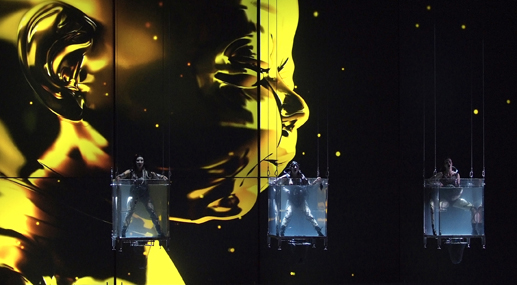
Uh-oh.
Well, if you look hard enough, you might find Das Rheingold
in there somewhere, thoroughly obscured by a frenzy of contraptions and projections. After a promising first scene with three Rhinemaidens frolicking and actually swimming in individual boxes of water, the visual assault begins with a huge golden fetus projected to represent the gold. Every moment of the opera is accompanied by dizzyingly large moving and undulating images projected on eight huge screens.
The problem here is not the admitted beauty of the projections, but rather that the director has forgotten a fundamental tenet of staging: the audiences’ eye always goes to movement. When there are huge moving visuals to look at, hearing the singers and the story becomes difficult.
That’s a shame, because the singing is of very high quality. Juha Uusitalo, who did not impress as the Met’s Jokanaan, is a powerful and commanding Wotan here. There is fine singing and acting from the entire cast; of particular note were Franz-Josef Kapellman as a very human Alberich, and the booming voices of Matti Salminen and Stephen Milling as Fasolt and Fafner.
Interestingly, the gods are suspended in the air on wheeled machinery resembling the “cherry pickers” used by utility workers. Neutrally-dressed actors operate the machines, raising and lowering the small platform cages. Loge rides a segway scooter. After some initial clumsiness, these “virtual movement” devices became an effective element. The La Fura dels Baus actor-acrobats embody the hoard of gold that hides Fricka and also the entrance to Valhalla—managing to be interesting and distracting at the same time.
Mehta’s leadership did not bring any particularly illuminating moments from the orchestra. The conducting and playing seemed workmanlike.
Die Walküre
brings many more positives to the table. After more wretched excess of effects that very nearly ruin the glorious Act One, the production begins to find itself in Acts Two and Three. Suddenly, the projections become restrained and still, and, happily, we are able to focus on the titanic music and the intimate interaction between characters.
Act One is performed before a huge, silver, translucent projection of the ash tree in Hunding’s hut. The scene is extremely primitive, with Siegmund and Sieglinde almost animalistic. Peter Seiffert as Siegmund sings heroically but seems uncomfortable with the setting, especially the moment when he and his twin sister sniff each other in greeting. Petra Maria Schnitzer works gamely as Sieglinde, moving mostly on all fours; I found her voice shrill in the upper reaches and lacking in warmth.
Matti Salminen is dressed as a yeti. I’m not making this up. And the tree projection! It undulates, it spins in circles, it changes colors, little lights fall from it, all completely overwhelming the scene. And worst of all, during “Siegmund heiss ich”, the words “Siegmund” and “Sieglinde” appear on the tree, move to the branches, and then the letters fall like apples to the ground. I would have preferred to see the severed head of video creator Franc Aleu falling instead!
Act Two finally brings us back to the story and the singing. Soprano Jennifer Wilson triumphs as Brünnhilde. She possesses a voice of clarion power, produced with seeming ease, and also has the agility and emotional shading one rarely hears in Wagnerian voices. She and Uusitalo seem to have excellent “chemistry” in their scenes, and the splendid farewell scene in Act Three is deeply moving and visually thrilling. Wilson and Seiffert sing with lovely shading and emotional commitment in the Todesverkundigung. Seiffert seems relieved to be free of all the animal stuff in Act One, and here finds his character’s nobility.
The Ride of the Valkyries makes excellent use of the “crane cage” machinery, doubling here as the sisters’ horses, and the singers are uniformly fine. And the final, haunting image of Brunnhilde asleep and surrounded by fire is simply stunning. It gives one hope that the excess is over, and that Siegfried and Gotterdammerung will build on the success of the final two acts of Walküre.














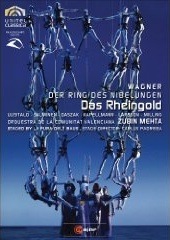
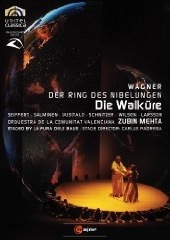

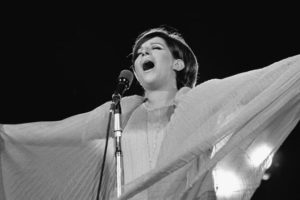

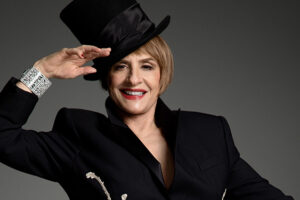





Comments